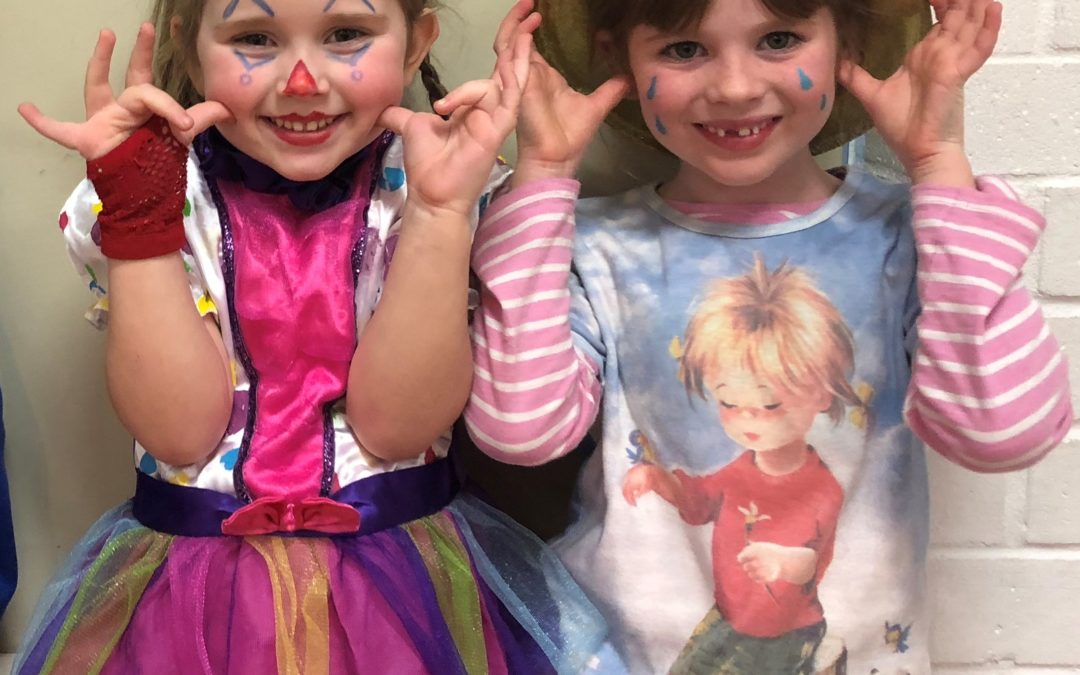Today’s society is certainly geared towards communicating, technologically or second hand, via a screen – with TV, emails, Facebook, Instagram, Twitter, Snapchat and so on. Many educators and parents are concerned that our children are no longer learning how to engage in face to face conversations, about REAL communication and most importantly, social interaction skills.
So, if it is up to us to make sure our young children are finding the right balance between technological and good old-fashioned communication and that they don’t have too much “screen time” – what is the answer?
You only get to be a young kid once! Kids need to get outside and PLAY games and sport, not just sit in front of a screen to play, to get together with their friends & family in person and TALK, rather than communicate via messaging, and make sure that at a young age, they INTERACT with their friends in imaginative play, rather than be spoon fed imaginative ideas by the TV or movies.
Yes, I say we bring back good old fashioned “let’s pretend” and allow our kid’s creativity and imagination be used to its’ fullest. Kids naturally have this in bucket-loads, but sometimes they need help in finding the right outlet for it. If we can tap into this while they are still young, they will take this creativity and imagination forward with them as they grow and develop into teenagers and adults!

Top tips on how to encourage pretend play at home
- Dress-up boxes – an effective way of encouraging younger children to engage in imaginative play – with their friends or with their family (that is you, Mum or Dad!). It doesnst have to be expensive and can be filled from your wardrobe, the Op Shop, garage sales, etc. As well as the usual clothes, hats, shoes, etc, pieces of material can spark the imagination and start a “Let’s pretend” game that will include lots of language and activity. Material can become: Superhero capes, flying carpets, royal robes, sarongs, beach towels, jungle animal’s tails, fairy or bird wings, picnic rugs, and so on. The possibilities are endless, especially with a little adult suggestion and participation, starting with the phrase: “Let’s Pretend!”
- Puppets – bring lots of excitement, wonder and creativity to imaginative play! Finger puppets, hand puppets and even hand-made puppets (think popsticks, paper plates, wool, material, socks and buttons!) are a great way to get children playing and interacting. Puppets can use different voices, lots of emotions and can also provide a way for children to learn how to express themselves verbally, with no pressure. Parent involvement here can be loads of fun and the play sessions can even end in a puppet show!
- An “Imagination Corner” or similar, is a fantastic way to encourage imaginative play. This can be a small area in a child’s bedroom, playroom, or even on the patio where an imaginary real-life scenario is set up. The theme can change as often as you feel like and could include:
- A shop – use shopping bags, cans and packets of (non-perishable) food, play money, a cash register (shoe box), etc.
- Doctor’s office – toy doctor’s kit, or handmade equipment such as tea towels for slings, toilet paper for bandages, band aids, pen & paper for taking notes, plastic spoons for giving ‘medicine’, etc.
- A boat – made from a large cardboard box, or even some chairs and rugs. Include fishing rods (sticks and string!), hats, buckets, telescopes or binoculars (empty toilet rolls!), etc.
- Cars/trains/planes –made from cardboard boxes, or chairs etc.
- Kitchen – old cooking utensils, boxes or chairs to represent the stove, oven and fridge. Plastic food can be used, or you may even like to use some real food such as cereal, pasta and so on!
Bringing back “Let’s pretend” is a great alternative from the temptation of the screen for young children!
As well as “pretending” at home, the variety of performance arts programs available for our children in Australia has thankfully never been more varied. We, as parents, have the opportunity to expose our children to creative outlets which will help unlock their incredible potential. So, help your child find that drama, dance or music class which is not only going to give them bright, technicolour memories of a vibrant childhood, but also give them the tools they need for a bright, technicolour future.
Drama classes are a wonderful avenue to boost creativity and pretend play. Helen O’Grady Drama Academy’s classes are aimed at kids aged 3 to 17 years and operate in various locations around Perth, Rockingham and Mandurah.

Author – Helen Davey, B.A.Ed, Executive Principal of Helen O’Grady Drama Academy, W.A.





YES I totally agree with you. Tonight was a mild evening so I told my girls to play outside until dark, they played in the cubby house for ages and quietly and without arguing. Such a difference to when they are on their iPads and I ask them to finish watching – then the arguments and attitudes start!
‘Let’s pretend’ – I love it – I’ll be using this tomorrow with them.